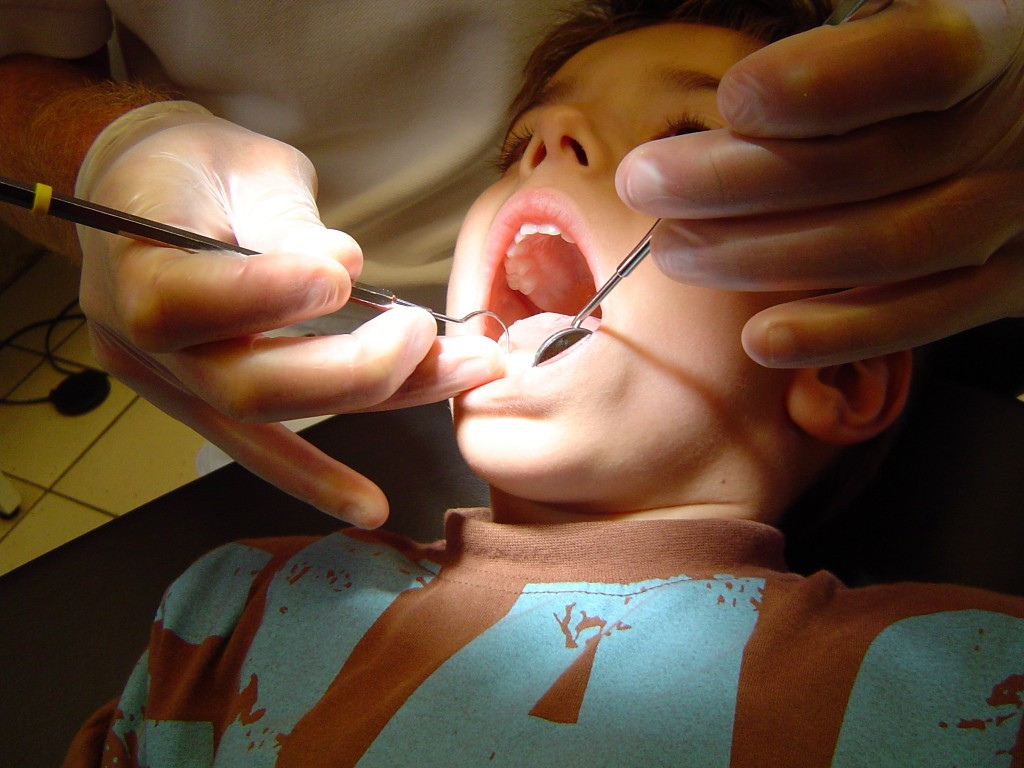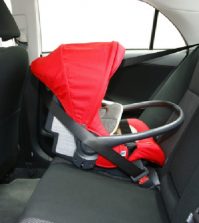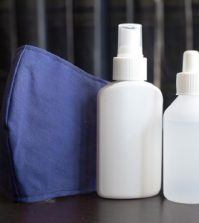- Study Says Most Parents Don’t Use Car Seats In Ride Share Vehicles Like Uber
- This 12-Year-Old Boy Is A Sophomore Aerospace Engineering Major!
- Fire Safety Experts Warn Of Hand Sanitizer Danger After A Mom and Kids Escape House Fire
- Recall Alert: Peaches May Be The Cause Of Salmonella Outbreak, 68 People Ill
- Summer Vacation In The Days Of COVID: Tips To Stay Safe
- How To Safely Grocery Shop During The Coronavirus Pandemic
- Michigan Teen With Vape-Related Illness Undergoes Double Lung Transplant
- Teen Kicks Off Anti-Vaping Campaign From Hospital Bed
- Teenager Receives Life Sentence For Strangling Sister To Death Over A Wi-Fi Password
- Toddler Falls To Death From 11th Deck of Cruise Ship
What You Need to Know About Dental Sedation


When you bring your child in for dental care, you are putting your trust into the dentist to keep your child safe. Dental sedation and anesthesia pose a risk and it is your job as your child’s parent to understand the risks involved.
On March 29, 2016, a 14-month-old toddler from Austin, Texas died from complications following a visit to get cavities filled. The practice has been in business for 40 years and a professional anesthesiologist was present at the time of the accident. How did this happen? What could have been done to avoid this tragedy? Can sedation and anesthesia be avoided entirely in children who need dental care? Here are seven tips to follow to ensure that your child’s dentist is following safe practices:
- A complete medical history should be provided to your child’s dental provider. If a procedure must take place, ask if there are alternative forms of treatment that do not involve sedation or anesthesia.
- Ask your child’s dentist what credentials they have. Does their training meet the ADA Guidelines for the Use of Sedation and General Anesthesia by Dentists? Will there will be a professional anesthesiologist present? Is the staff trained in emergency resuscitation procedures, and is their training up to date?
- Ask which medications they will be using, how they are dosed, and how they are monitored.
- Determine when/if your child should stop eating or drinking before the procedure.
- Ask which level of sedation (minimal, moderate, or deep) your child will be required to have and if the level that was chosen is the least amount necessary. How will your child be monitored before, during, and after the procedure?
- Discuss what does a normal recovery look like. Ensure that you are given the appropriate emergency contact information in the event of complications returning home.
- The American Dental Association has a handy printable to bring with you to ensure that you ask the correct questions.
Thankfully, problems associated with dental sedation are extremely low. Armed with these questions, you can rest a little easier knowing that your child will go through their dental procedure as safe as possible.
Following the procedure, your child may be groggy, confused, or nauseous. Do not allow your child to return to school on the day of the procedure – instead, they should recover at home. In the event of vomiting, fever, severe pain, or severe bleeding, contact the dentist immediately.
Plan ahead for your child’s post-procedure meals. Your child may hope to eat ice cream for the entire recovery, but if you plan ahead your child can eat nutritious and tasty meals. Here are just a few snack and meal ideas to make it through the recovery period:
- Cooked vegetables
- Pureed soups
- Mashed potatoes
- Eggs
- Applesauce
- Yogurt
- Rice
- Fish
- Bananas and other soft fruits
- Oatmeal
- And yes, Ice Cream!







Maryam Asgharpour
June 5, 2016 at 4:48 pm
Ali Khorrami
Alejandra Lomeli
June 5, 2016 at 6:04 pm
Ana
Erin Berry Philp
June 6, 2016 at 3:11 am
This is a great article on all points. Additionally, if they are doing anything more than local anesthesia, ask if they have a crash cart on the premises. Waiting for an ambulance in an emergency wastes precious minutes. If the dentist hesitates to answer any of these questions or gets upset, rethink your child’s visit to that office. These points also go for adult dentistry, too. Adults have died during dental anesthesia. I’m NOT saying these things to keep you from going to the dentist! Just reiterating that this is you and your family’s health and you have a right (and a duty of responsibility) to take charge of your health care.
Irresistible Smiles
July 5, 2016 at 12:22 pm
Thanks for sharing these amazing tips and questions regarding sedation dentistry. It becomes more important to take care in case of children. Parents should ask any questions from the dentist if they feel any uncomfortable zone for the children.
May Alqudsi
July 27, 2016 at 6:17 pm
Glad that my husband and I decided not to let our son go through this.
We saw different dentists, and we ended up letting him taking the nitrous (laughing gas) instead of the sedation. Ghassan O Shobaki
Elvira Avellaneda
July 27, 2016 at 6:38 pm
Joanna Benitez have mom look dis up for me. Pls & thx u.
Loretta Benitez
July 27, 2016 at 10:53 pm
This is for when they have to put the kid to sleep to do the fillings. If you ever have to take Damian for fillings make sure they allow you in the back with him otherwise don’t leave him. I made that mistake with Jim because I trusted they would be professional.
Elvira Avellaneda
July 27, 2016 at 10:56 pm
Ok mom. Thxs
Joanna Benitez
July 27, 2016 at 6:58 pm
Loretta Benitez
Elvira Avellaneda
July 27, 2016 at 8:55 pm
Mom ima need u to look at dis for me. Bcuz u know da dentist is gonna have to Damian to sleep. K thxs
Mara Jelena Ilicic
July 28, 2016 at 12:09 am
Poor thing .. I’m a little shocked a 14 month old has cavities already .. RIP little one